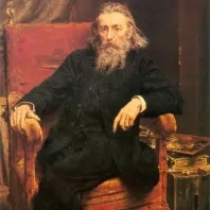 1838 - 1893
realism
1838 - 1893
realism
Description Jan Matejko
Jan Matejko, born on June 24, 1838, in Krakow, Poland, stands as a titan in Polish historical painting, leaving an indelible mark on the nation's artistic and cultural identity. His life unfolded against the backdrop of a Poland grappling with partition and a quest for national resurgence.
Matejko's artistic journey commenced at the School of Fine Arts in Krakow, where he honed his skills under the guidance of W?adys?aw ?uszczkiewicz. His early works, including "Sta?czyk" and "Astronomer Copernicus," signaled a proclivity for historical subjects and a commitment to preserving Poland's cultural heritage.
The tumultuous history of Poland, marked by partitions and uprisings, became the crucible for Matejko's art. His colossal compositions, such as "Rejtan" and "Battle of Grunwald," served as visual chronicles of the nation's struggles and triumphs. Matejko's meticulous attention to historical detail, combined with a painterly flair, elevated him to the status of a national bard in paint.
Matejko's artistic pursuits aligned with his civic responsibilities. His involvement in the Krakow Academy of Fine Arts, where he later became the rector, reflected his commitment to nurturing future generations of Polish artists. His studios became hubs of intellectual and artistic exchange, influencing the trajectory of Polish art.
The artist's personal life mirrored the complexities of his era. His marriage to Teodora Giebu?towska, a talented artist in her own right, fostered a creative partnership. Tragedy struck with the death of their daughter, resulting in Matejko channeling his grief into poignant compositions like "Self-Portrait with Sister in the Background."
Matejko's patriotism was not confined to the canvas; he actively participated in social and political causes. His advocacy for Polish independence found expression in his art, fueling nationalistic sentiments. His political engagement, however, also led to conflicts with authorities, and he faced censorship during the era of foreign occupation.
Jan Matejko passed away on November 1, 1893, leaving behind a body of work that encapsulated the soul of Poland's historical struggles. His paintings, resonant with a patriotic spirit and a commitment to truth, continue to evoke national pride. Matejko's legacy endures as a testament to the power of art to illuminate the past, shape national consciousness, and inspire resilience in the face of adversity.
Gallery
Paintings Jan Matejko
F.A.Q Section
"The Battle of Grunwald" (1878): A monumental painting depicting the historic Battle of Grunwald, a crucial event in medieval Polish history.
"The Prussian Homage" (1882): A portrayal of the homage paid by Polish kings to the Prussian rulers in the 15th century.
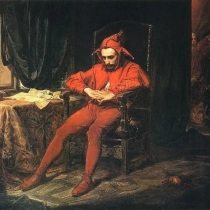
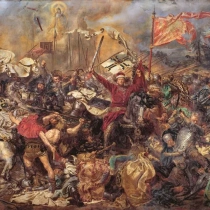
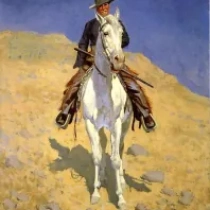
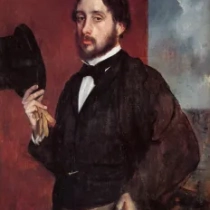
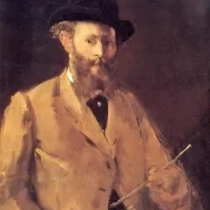
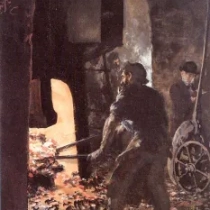
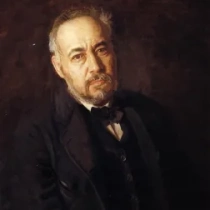
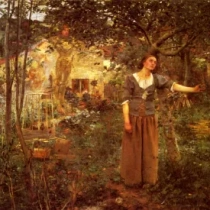
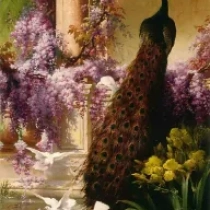
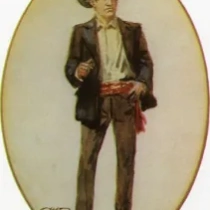
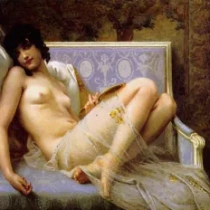
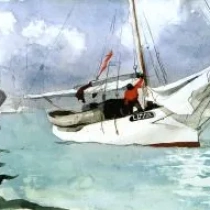
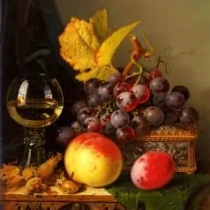
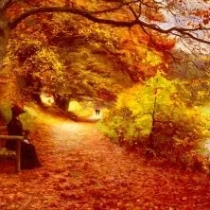
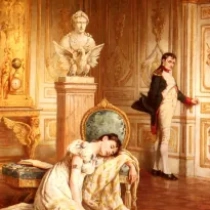
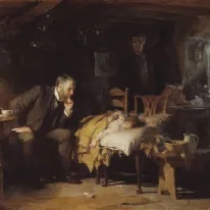
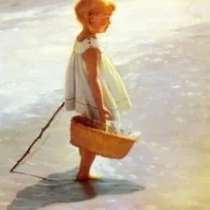
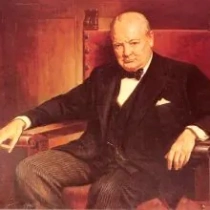
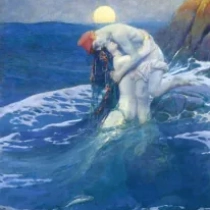
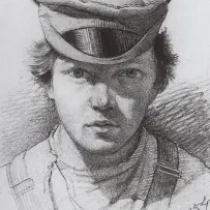
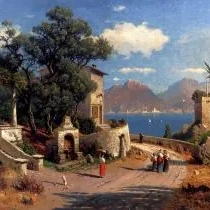
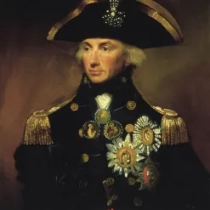
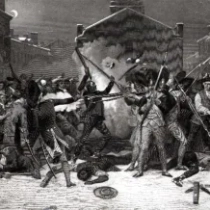
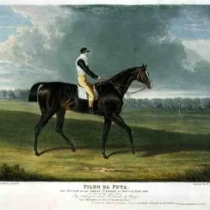
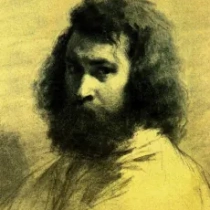
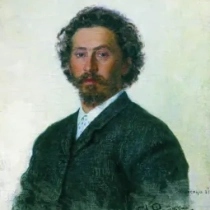
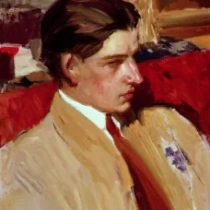
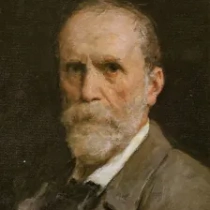
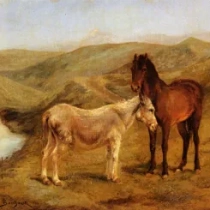
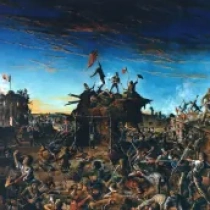
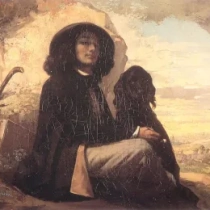
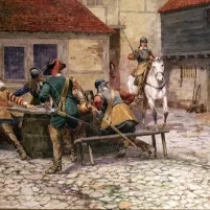
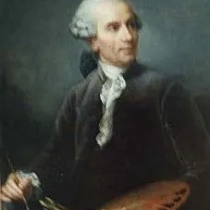
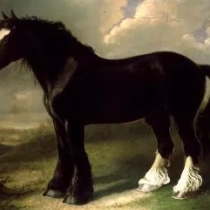
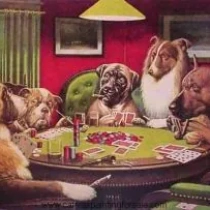
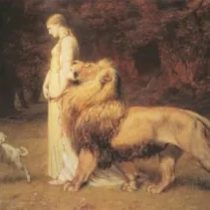
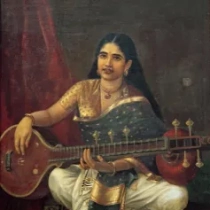
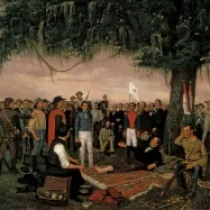
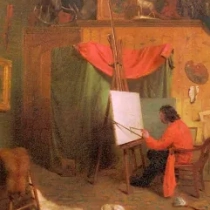
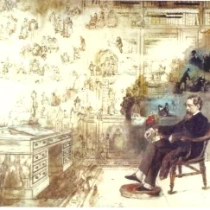
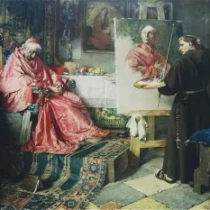
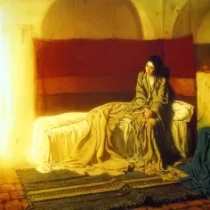
No Comments Yet...